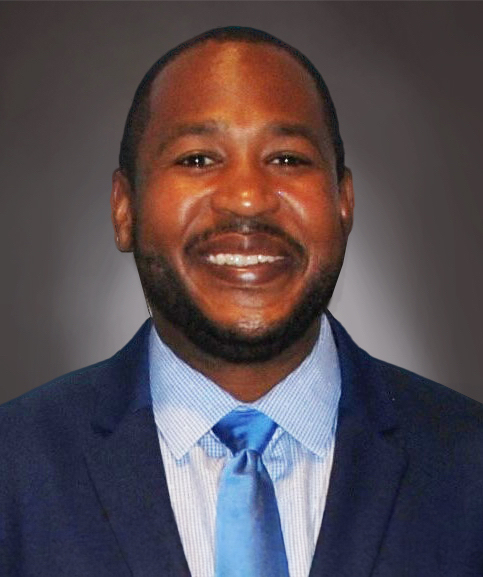By Chuck Stinson
The McGriff Retirement Benefit Survey, a follow-up to our 2023 National Benefit Trend Survey, provides a comprehensive view of retirement plan trends across a diverse landscape of industries and company sizes.
It provides valuable insight into how employers are navigating the complexities of employee benefits in a rapidly evolving landscape. The survey also takes a deep dive into the value their retirement plans provide, their commitment to allocating resources, types of plans sponsored, and design features.
The survey questions focused on retirement benefits as to:
- Employer and employee views on the types of plans offered
- Effectiveness of the retirement benefits being utilized
- Short-term goals for plan improvement
- How their retirement plan fits into the organization’s benefit package
- Satisfaction with cost and effectiveness
- The importance of employee retirement readiness
With a labor shortage, longer lifespans, and rising inflation, employers are looking for methods to boost morale among existing employees, attract quality talent, and retain key personnel. The survey results suggest employers are enhancing their retirement benefits packages to help meet those objectives.
An increasing number of employers are seeking to improve retirement readiness and satisfaction with benefit packages for their employees by implementing features and types of plans that lessen the burden on employees to actively manage their retirement plan savings.
When it comes to plan types and designs, survey results are in line with trends we’ve seen in recent years. Most survey respondents (96%) sponsor a defined contribution plan in the form of either a 401(k) or 403(b). Of those, 88% offer at least a 3% matching contribution, 58% match at safe harbor contribution levels, and 18% plan on increasing the benefits their retirement plan packages offer.
This shows a positive shift toward a willingness among employers to provide more money and take more responsibility when it comes to helping employees reach retirement readiness. These statistics, along with the underlying data on plan participation rates, goals for employee benefit offerings, and employer views on the importance of retirement plans in meeting company objectives, indicate a trend toward more paternalistic approaches, especially as it relates to financial support for retirement plans, types of plans made available, and employer engagement. The responses to the defined benefit plan portion of the survey further supports these views.
Twenty-two percent (22%) of survey respondents offer a traditional pension plan in conjunction with their defined contribution plan. Of those, 71% are open to new hires and providing ongoing benefit accruals for all participants; 24% are on a soft freeze (closed to new hires, but still accruing benefits for active plan participants). Only 5% are considering offloading risk due to funding concerns, and none of the survey respondents have plans to terminate their pension plans in the near future.
These results contradict the sentiment of the past few decades where most employers no longer found value in sponsoring a defined benefit plan. Our survey results show that employers are rediscovering that defined benefit plans are still the most effective and best return on investment when it comes to providing a retirement benefit that attracts and retains employees while helping achieve retirement readiness.
With the retirement gap in America reaching an estimated $28 trillion1, changes to ERISA (Employee Retirement Income Security Act) law over the past 10 to 15 years designed to have defined contribution retirement plans emulate pension plans in the following ways:
- Auto enrollment and auto escalation
- Raised contribution limits
- Safe harbor provisions
- Qualified Default Investment Alternatives (QDIAs)
- Increased fiduciary roles and responsibilities
Employers are starting to see the need (some would even say they’re being forced) to take on a more paternalistic do-it-for-me approach when it comes to the management of participant accounts in their company-sponsored retirement plans. As plan sponsors do their due diligence when it comes to staying compliant while creating attractive benefit packages, they’re starting to realize the value that defined benefit plans offer.
When it comes to participants needing a do-it-for-me approach for retirement savings, defined benefit plans have long been the most effective solution for employers to help their workforce reach a healthy retirement. By design, defined benefit plans shift the responsibility of saving and investing properly from the employee to the employer. Something that is much needed considering the shift from defined benefit plans to defined contribution plans as the preferred savings option among employers has resulted in only 55%2 of working age households having any retirement savings. Less than 8%2 of these households have enough savings to retire comfortably.
When it comes to saving enough for retirement, it’s safe to say that placing such a large piece of that responsibility in the hands of the average American hasn’t been successful. It’s encouraging to see employers realizing the need to assume more of the responsibility for helping their employees reach retirement readiness, based on our survey’s results.
As more companies look for ways to increase workplace satisfaction, attract and retain key talent, and get the most return on their investment from their benefit offerings, this trend of taking a larger role in employees’ retirement readiness should continue to grow. With more data and attention to trends, employers will continue to realize that defined benefit plans (traditional pension and cash balance pension plans) are the most effective play types for helping employees reach retirement readiness. That will lead to a resurgence in traditional pensions and the continued growth of cash balance plans.
The trend of the 1990s when 35%3 of companies sponsored traditional pension plans won’t be back again anytime soon. The low 15%3 level of today will be a thing of the past as the number of new plans continues to rise. Furthermore, cash balance plans will continue as the fastest growing new plan type (336% growth rate from 2011-2021)4
in the coming years, especially as their popularity continues to move up market to larger organizations.

Sales Director, Retirement Practice
McGriff
Charles.Stinson@McGriff.com
McGriff.com
Sources:
1https://cri.georgetown.edu/closing-the-global-retirement-savings-gap-a-tale-of-two-numbers/
2 https://www.ebri.org/docs/default-source/rcs/2023-rcs/2023-rcs-short-report.pdf
3 https://www.forbes.com/advisor/retirement/what-is-a-pension/
4 https://www.plansponsor.com/data-shows-popularity-cash-balance-plans/
